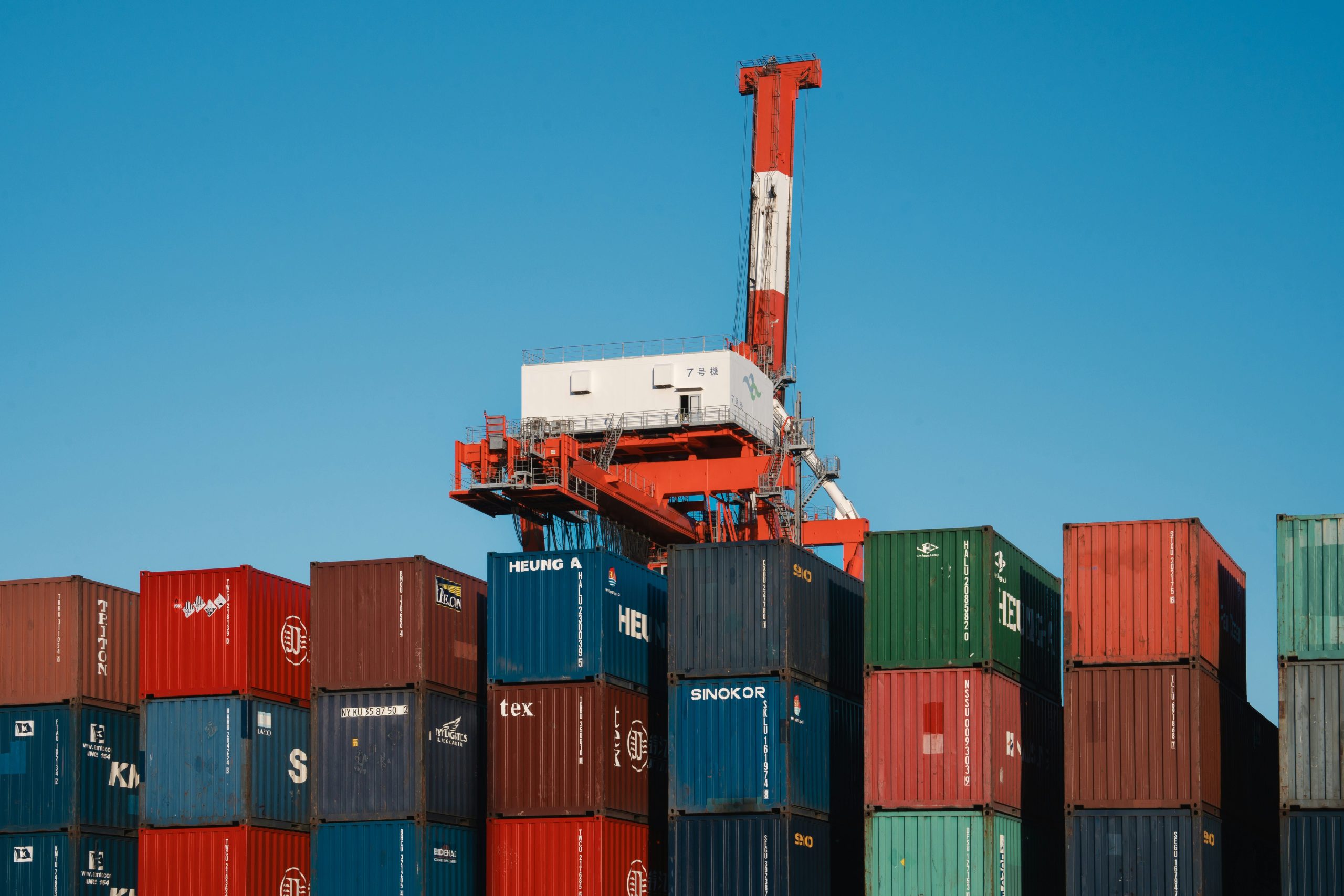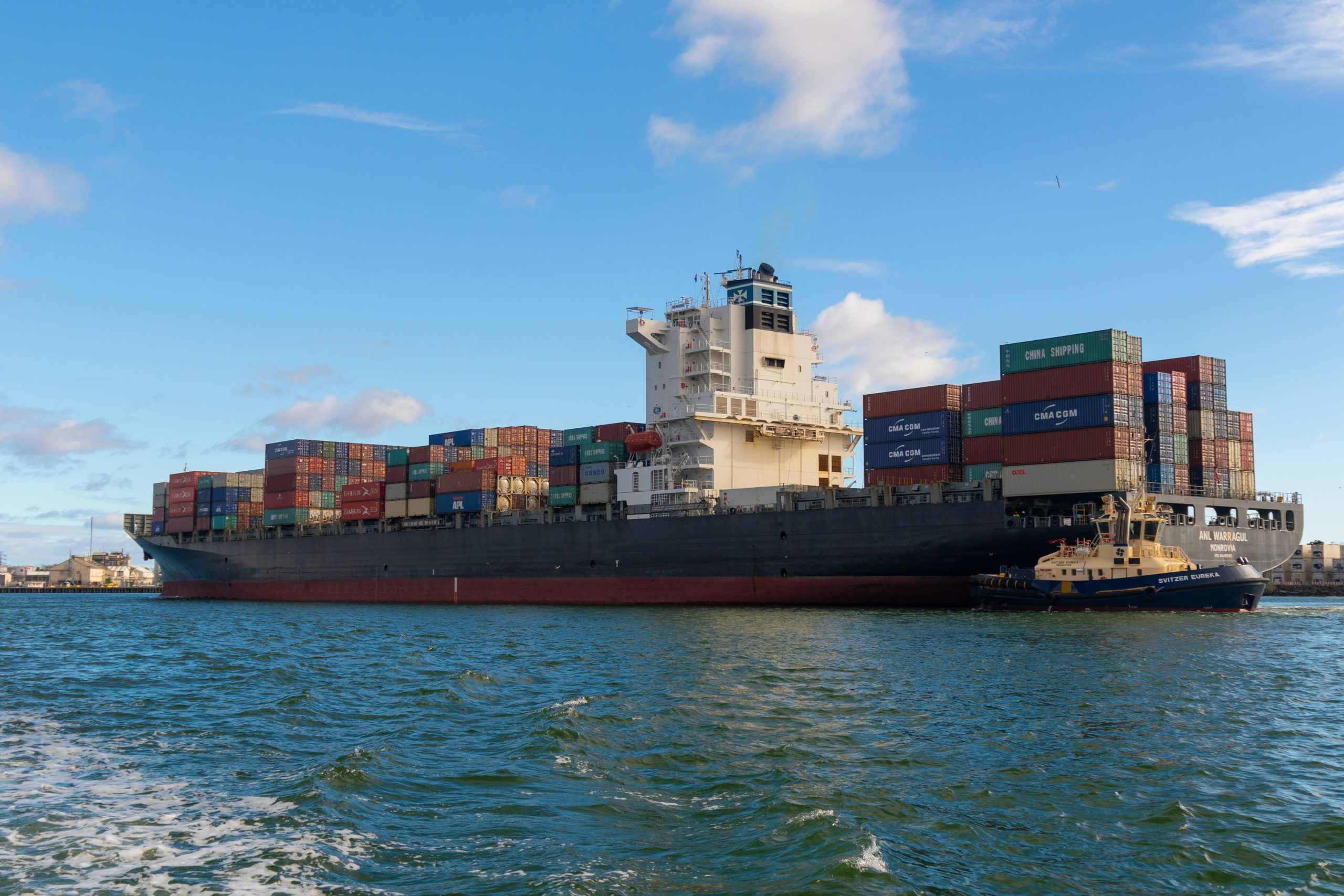
For those involved in international shipping, a key decision is to choose between a full container or sharing space with other shippers. Two commonly used ways in the shipping industry are FCL and LCL, or Full-Container Load (FCL) and Less-than-Container-Load (LCL), respectively.
The difference between the two isn’t simply a matter of volume but can be critical in influencing various aspects like cost and speed of cargo, as well as the customs clearance process. In this article, we will break down how these two shipping methods differ from one another, their pros and cons, to ensure the best possible option for your shipping needs.
What do LCL and FCL mean in Shipping?
In the context of shipping, FCL refers to a situation when a full container is booked at a fixed price. This means that the container is to be used exclusively for transporting cargo of the party that rented it in the first place.
Opting for LCL means that your cargo will be allotted a fixed share of space alongside other cargo in filling the container. This is helpful when the cargo volume isn’t sufficient to occupy the available space fully, such as when smaller shipments are involved.

Pros of FCL
Cost-Effective
FCL comes at a flat rate, which means that the costs are lower per cubic meter, while in LCL, you have to pay based on the square footage of space you rent. However, importers should also account for the cost of furniture delivery at the destination, which can vary depending on port charges and logistics.
Quicker Transit Time
The process is more streamlined for FCL shipments, as they are loaded and unloaded directly and thus arrive early.
Improved Cargo Security
In the case of FCL, goods are only exchanged between the buyer and supplier, hence reducing the risk of goods getting damaged or tampered with.
Cons of FCL
Inefficiency
When using an FCL container, the buyer has to bear the full cost of the container, whether the space is fully utilized or not. The expenses can be considerably higher when the cargo volume doesn’t match the container size.
Volume Constraints
FCL doesn’t give the flexibility to accommodate fluctuating cargo volumes, and you may end up paying for full even when you have smaller shipments or packages.
Pros of LCL
Manage Flexible Volumes
One of the advantages of using LCL shipping is that you are not bound by large cargo volume requirements. This gives you the flexibility to maintain a more flexible inventory and ship smaller quantities as needed.
Pay for Space Occupied
LCL has the potential for higher cost savings since freight costs can be divided among multiple suppliers. You have to pay for only as much space, as you need for your specific cargo.

Cons of LCL
Potential for Delay
An LCL shipment consists of cargo of varying volumes and contents, and each item within the container is subject to customs scrutiny. This can complicate and extend the clearance process more than it would for a single, unified shipment, potentially delaying delivery. To help mitigate these risks — especially when dealing with multiple consignments in an LCL container — implementing effective pre-shipment inspections of furniture can be a proactive step. This becomes even more important when your goods are at risk of being flagged as underpriced or non-compliant, as anti-dumping duties when importing from China might apply.
Greater Handling Risk
LCL shipments may involve additional steps during loading and unloading due to their varied components. This can expose fragile or high-value goods to heightened handling risk.
FCL vs LCL: The Option Best Suited to Your Business?
FCL and LCL are two distinct shipping arrangements; therefore, you need to consider a range of factors other than volume. The table below can guide you towards choosing the one that is most advantageous for you.

Conclusion
Ultimately, FCL is a preferable option if you are dealing in high volume or high value trade within tight deadlines for minimum handling risk.
You will be better off choosing LCL if your priority is to secure your cargo throughout the journey while benefiting from lower costs per unit and fewer delays along the route.

